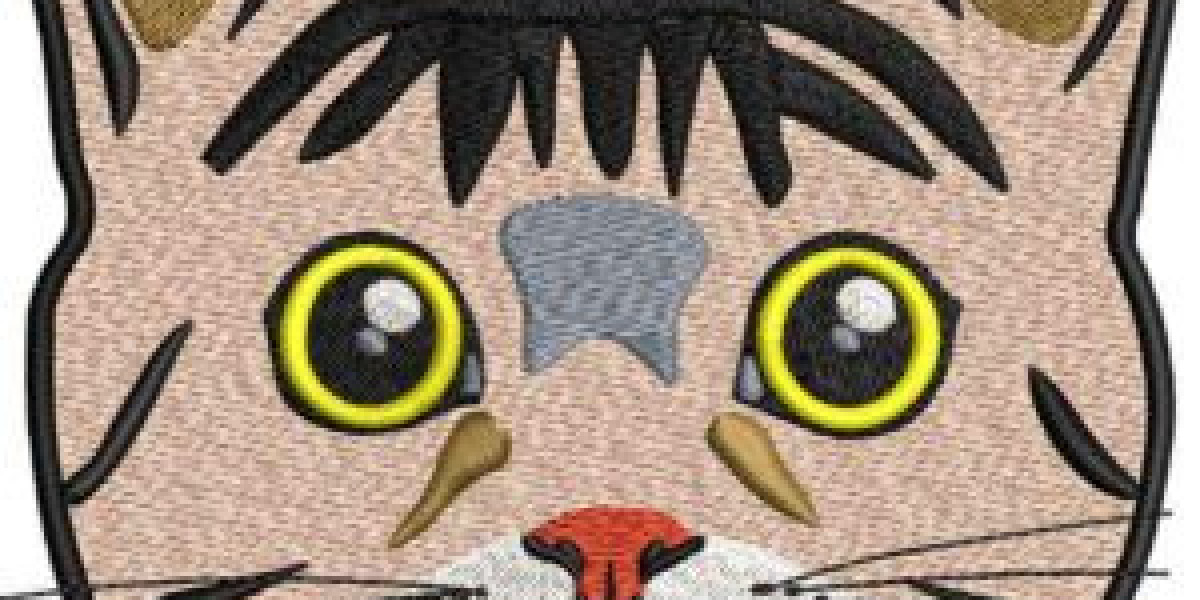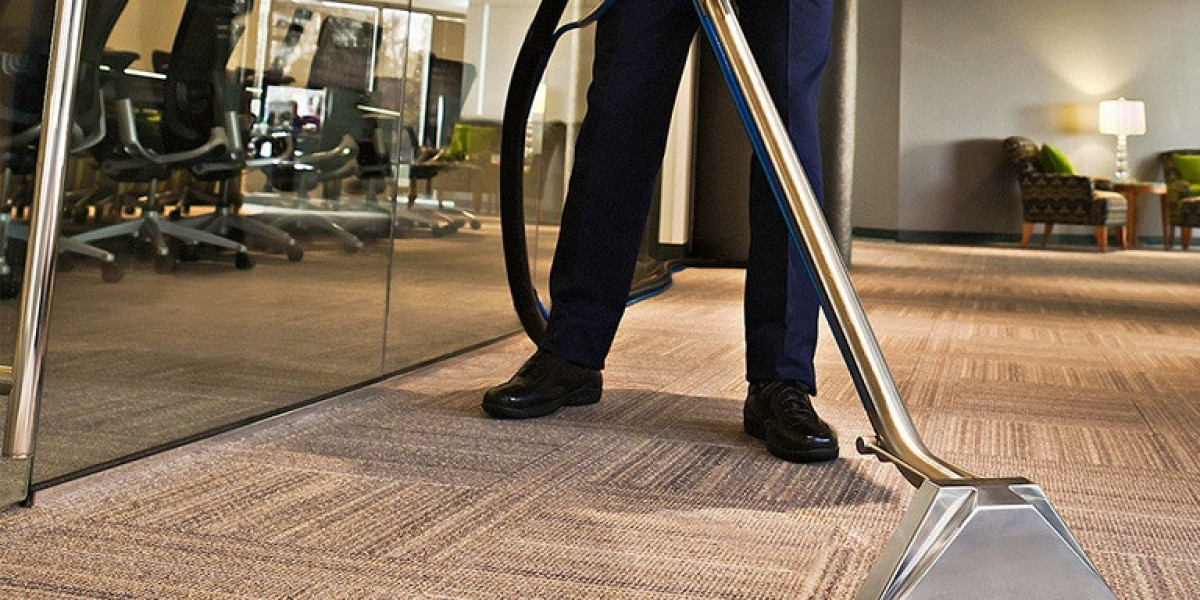Choosing the right service has become more important than ever in 2025 as stitching standards, machine capabilities, and customer expectations continue to rise. With businesses relying heavily on embroidery for branding, merchandise, and promotional products, the need for quality-driven work is at an all-time high. That’s why finding the Best Embroidery digitizing services matters. The process may seem overwhelming at first, especially with hundreds of options available, but making the right decision becomes easier once you understand what truly defines quality digitizing.
Modern embroidery demands accuracy, clean lines, correct density settings, and perfect stitch flow. A reliable embroidery digitizing service ensures your artwork transitions smoothly into a format your machine can read without errors. But choosing the right one involves more than checking prices or turnaround time. It requires a complete understanding of quality standards, file preparation, and overall capability. That’s exactly what this guide helps you navigate.
Below is a detailed look at the key factors you should consider when selecting the best partner for your digitizing needs in 2025.
Understanding What Defines Quality Digitizing
Before selecting any provider, you must know what separates high-quality work from average results. A high-performing embroidery digitizing service focuses on stitch clarity, design accuracy, and fabric compatibility. These elements ensure that the final output matches your brand’s expectations.
Quality digitizing guarantees smooth edges instead of jagged patterns, balanced density that avoids thread breaks, and consistent stitch flow. It also ensures that the converted design maintains its originality after stitching. Without these standards, your finished product may lose detail or appear unprofessional.
Understanding these basics sets the foundation for selecting the Best Embroidery digitizing services, which is the main goal of any embroidery shop or business looking for top-level results.
Evaluate the Provider’s Experience and Skill Level
Experience plays a major role in digitizing quality. The best services in 2025 are run by trained professionals who understand the technical and creative sides of embroidery. A skilled digitizer knows how to adjust stitch types, underlay settings, and density values according to fabric type and design complexity.
Look for traits such as:
Consistency in design output
Ability to handle detailed artwork
Capability of working with various machine formats
Understanding of modern embroidery techniques
An experienced digitizer will know when to use satin stitches, when to switch to fills, and how to minimize thread trimming while maintaining smooth output. These subtle decisions make a noticeable difference in the finished look.
When you compare different service providers, evaluate their portfolios and sample work. It gives an accurate picture of their ability to meet your expectations.
Check Stitch Accuracy and Design Precision
Precision is the core of good digitizing. A provider offering the Best Embroidery digitizing services ensures every stitch is placed with purpose. The spacing, density, and flow determine how well the machine follows the file during stitching.
You should look for:
Clean, smooth outlines
Balanced density without bulk or distortion
Precise alignment of text and borders
A natural stitch flow that reduces machine stress
Providers who understand precision create files that require minimal adjustments and run smoothly on different embroidery machines. This is crucial for businesses that handle bulk production or need consistent results across batches.
Assess Their Knowledge of Fabric Types and Stitch Techniques
Embroidery designs must be digitized differently for cotton, polyester, fleece, leather, caps, or stretchy fabrics. A provider who doesn't understand this will create files that distort or misalign when stitched.
A reliable embroidery digitizing service will:
Adjust density for thick or thin materials
Select appropriate underlay for stability
Use compensations for stretch
Optimize designs for caps, which need special curved surface adjustments
This fabric-specific approach ensures your design always stitches cleanly, regardless of the material.
Turnaround Time and Reliability
While speed should never compromise quality, the best digitizing services in 2025 provide both. Fast turnaround is important for businesses with deadlines, production schedules, or urgent orders.
A dependable provider offers:
Standard turnaround that fits your workflow
Priority delivery options
Consistent communication
Predictable order processing
Efficiency ensures your project keeps moving without delays, which matters significantly in production environments.
Check Pricing and Value Instead of Just the Cost
The lowest price rarely provides the best quality. Instead, focus on value. A high-quality provider saves you money in the long run through reduced machine issues, fewer reworks, and consistent output.
Things to compare:
Quality versus cost
File revisions included
Support after delivery
Format compatibility
Choosing the Best Embroidery digitizing services means selecting a provider that balances cost with expertise, reliability, and file accuracy.
Look for Proper Communication and Customer Support
Digitizing often requires collaboration. Some designs need clarity, modifications, or suggestions for better stitching. A good provider explains what works, what doesn’t, and how to improve the design for optimal results.
Effective communication ensures:
Faster revisions
Accurate delivery
Clear instructions
Smooth workflow
This becomes even more important when working with complex or custom artwork.
File Formats and Machine Compatibility
In 2025, embroidery machines support numerous file formats such as DST, PES, EXP, JEF, VP3, and more. Your digitizing service must deliver files that run on your specific machine without distortion or misalignment.
A strong service provider offers:
Multiple format support
High-resolution stitch previews
Proper color assignment
Adaptability for different machine brands
This compatibility saves time and prevents errors during production.
Check Their Understanding of Modern Digitizing Tools
Digitizing technology has advanced significantly, with new tools designed for improved accuracy, smoother workflows, and better file optimization. Providers who use updated software create more precise and cleaner stitch files.
Signs of modern capability include:
Use of advanced editing tools
Improved stitch simulation previews
Smart underlay generation
Automated density balance
Clean color transitions
This modern skill set is essential when selecting the Best Embroidery digitizing services for high-quality output.
Examine Their Portfolio and Stitch-Out Samples
A professional portfolio shows what the provider can do. Good stitch-out samples reveal how the design translates from the screen to the fabric. You should examine:
Borders and outlines
Small text clarity
Gradient transitions
Color layering
Overall smoothness
Stitch samples demonstrate real-world performance, which is crucial for quality evaluation.
Consistency Across Multiple Orders
A world-class embroidery digitizing service maintains uniform quality across multiple orders. Consistency is important for businesses that regularly update designs or need repeat production.
A reliable provider ensures:
Same quality every time
Identical stitch behavior
No design distortion
Consistent file structure
This reliability makes it easier to maintain your brand’s visual identity.
Support for Design Modifications and Scaling
Sometimes you need the same design in different sizes. A capable digitizer knows how to modify designs without losing clarity. Scaling is not as simple as resizing; it requires adjusting stitch types, density, and underlay.
Your provider should offer:
Proper resizing
High-quality small text digitizing
Clean simplification of complex artwork
Adaptations for different placements
This flexibility ensures you always get a clean result, regardless of design dimensions.
Security and File Handling Practices
Your artwork and branding files are important assets, so you must choose a provider that handles them securely. In 2025, data protection matters more than ever due to digital transactions and online submissions.
A good provider ensures:
Secure file transfer methods
Safe storage
Confidential handling of artwork
This protects your brand identity and creative assets.
Ability to Deliver Complex and Custom Designs
Some artwork requires creative adjustments to be embroidery-friendly. A professional digitizer understands how to convert those complex shapes, gradients, and details into workable stitch patterns.
They should be able to handle:
Detailed artwork
Fine lettering
Multicolor layering
3D puff
Applique files
This makes your designs visually appealing and ensures the final execution meets your expectations.
Conclusion
Choosing the Best Embroidery digitizing services requires evaluating quality, precision, experience, reliability, and support. A provider with strong technical skills, modern tools, consistent performance, and an understanding of fabric behavior ensures your designs stitch cleanly every time. For brands, businesses, and embroidery shops, selecting the right service in 2025 is a major step toward achieving superior stitching results. Emdigitizing plays a key role in helping users achieve this level of professional output.
FAQs
Q: What is the most important factor when choosing a digitizing service?
The most important factor is the provider’s experience and ability to maintain stitch accuracy across different fabric types.
Q: How do I know if a digitizer is skilled?
Check their portfolio, stitch-outs, design complexity handling, and overall consistency in output.
Q: Does turnaround time affect digitizing quality?
Yes. Extremely fast delivery may reduce precision unless the provider is skilled and uses modern tools.
Q: Can the same digitized file work on all fabrics?
Usually not. Each fabric requires specific adjustments in density and underlay.
Q: How do I confirm format compatibility?
Ask the provider if they support your machine’s file formats and whether they offer multiple versions if needed.








